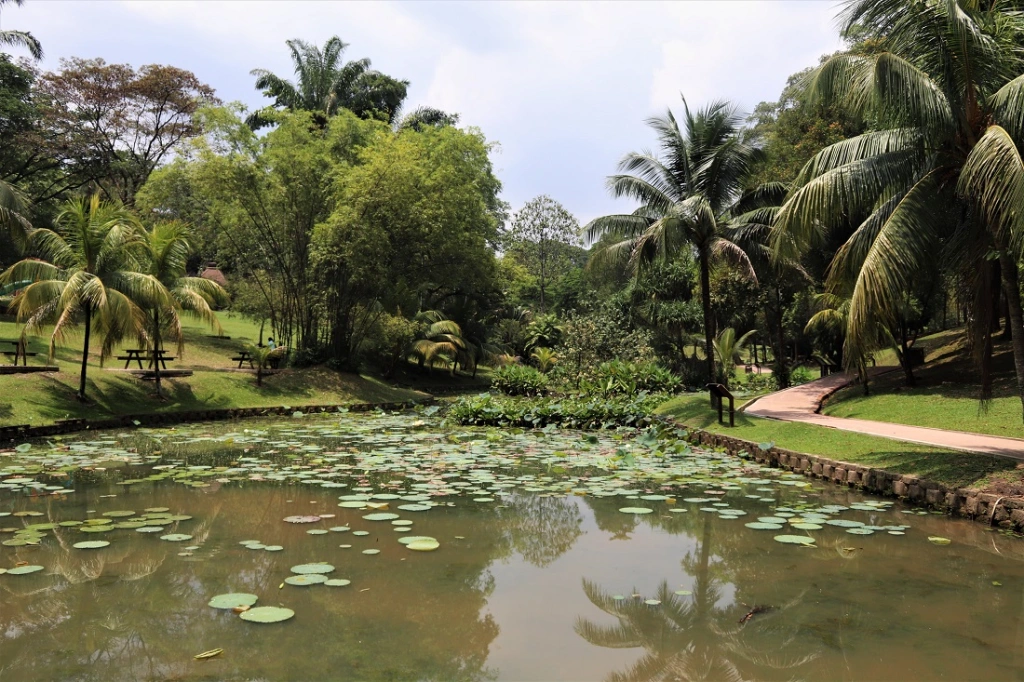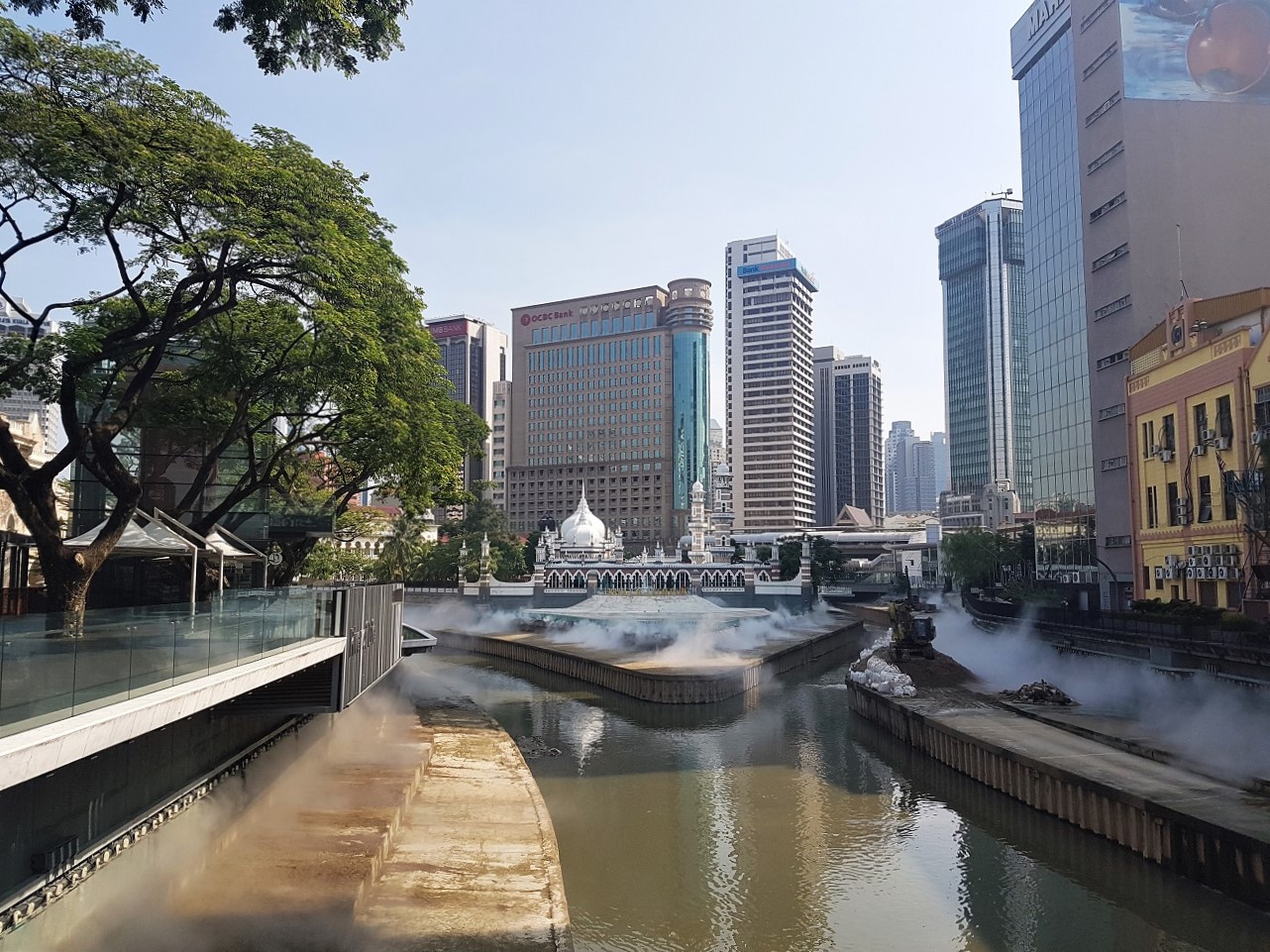Vietnam’s old imperial capital Hue is home to an enormous citadel, which counts the Imperial City within its walls, and the delightfully-named Perfume River, which cuts a swathe through the city centre.
The historical city’s a fascinating place with its mix of modern, traditional and French-style buildings, while the citadel has an impressive feel to it, despite its faded glory.
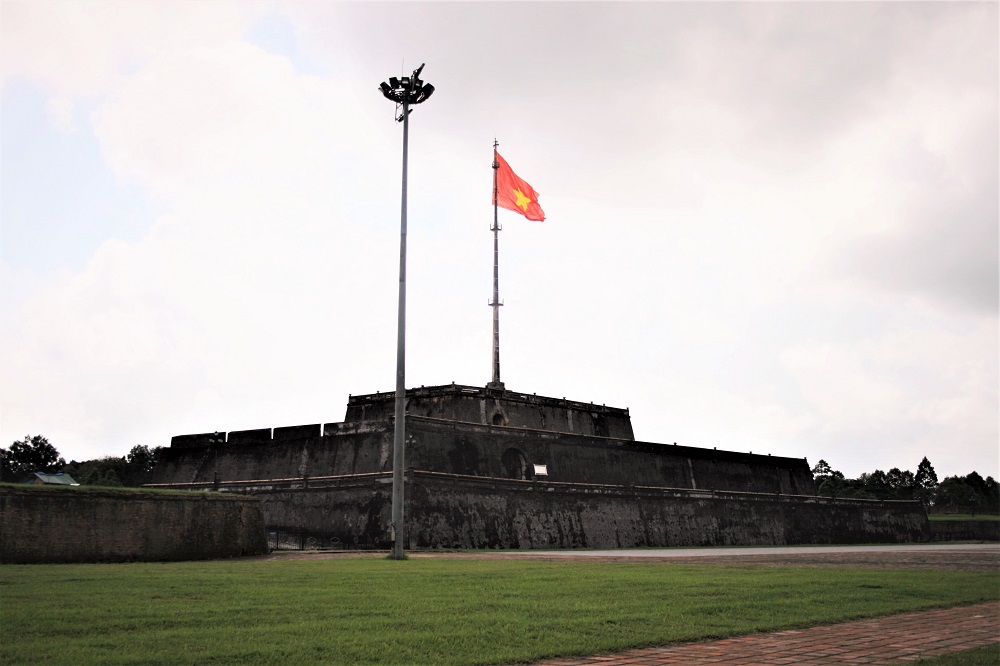
On my first day in Hue, I was up bright and early to visit the citadel and the Imperial City.
The citadel, which was named a UNESCO World Heritage Site in 1993, is surrounded by a moat and to get to it you have to cross a narrow stone bridge, then pass through a gate in the huge walls.
Walking into the citadel, which was built by Emperor Gia Long in 1805, I was struck by its size. It’s massive and its enormous stone walls and watch towers (topped with the Vietnamese flag, above) create a forbidding impression.
Nowadays, it looks tired and worn, but it must have been an imposing sight during the imperial era.
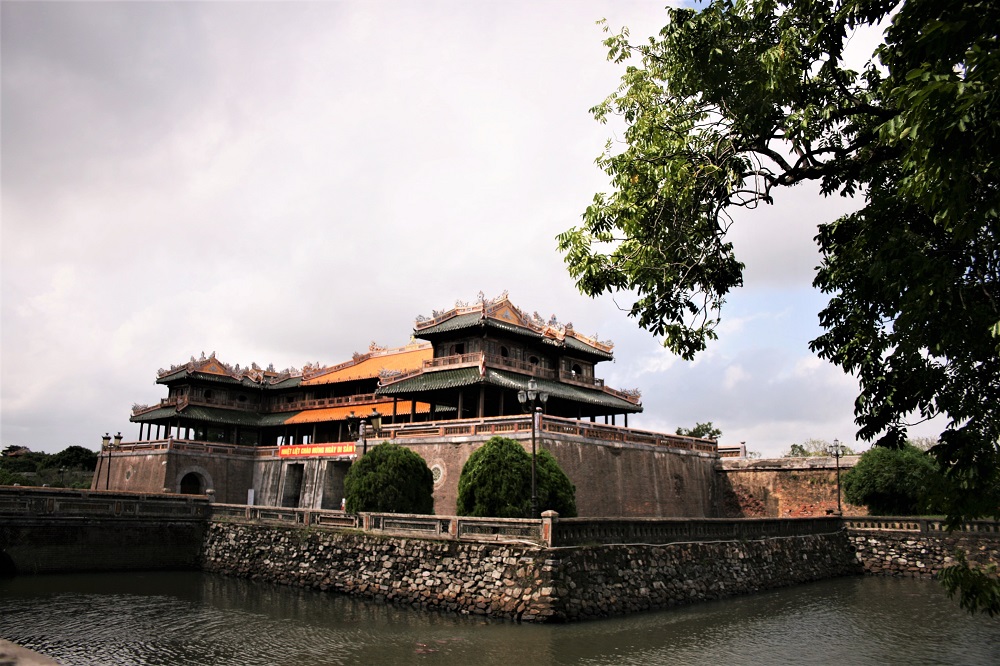
We made our way over to the Imperial City, across another moat, passing through the wonderful Ngo Mon Gate (above) to get inside.
Beyond the gate, we found ourselves in a large, pretty courtyard with a couple lotus ponds. Then in front of us, across the courtyard, was the Forbidden City.
The Forbidden City is home to the Thai Hoa Palace, the Royal Theatre, a couple of halls and extensive gardens, and it got its name because, during the imperial period, the emperor was the only man who was allowed to enter it.
We had a good look around the Forbidden City, taking in all the sights, as well as a few small exhibitions.
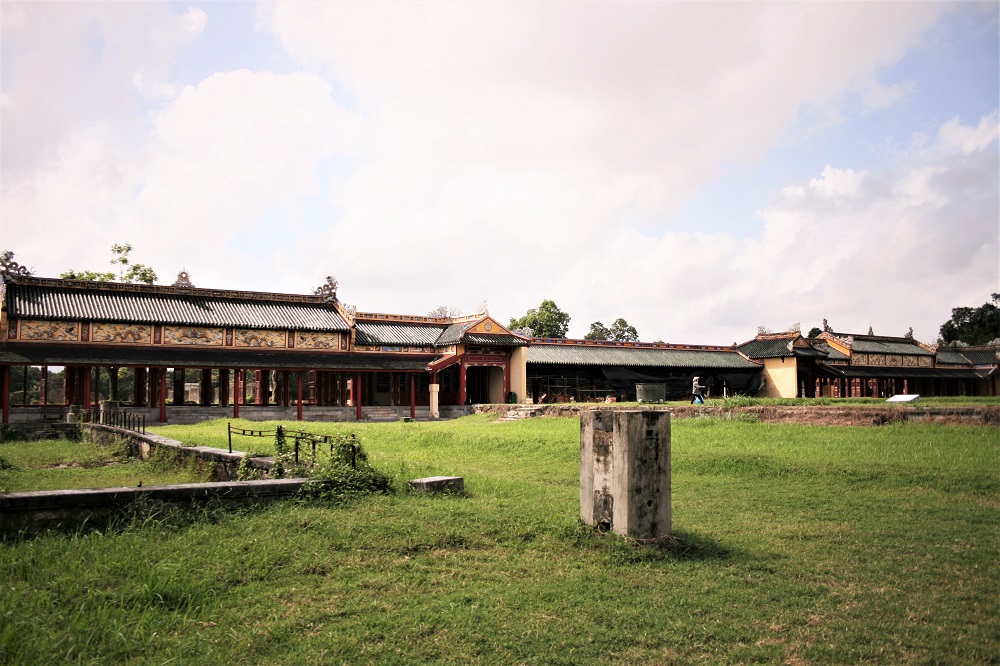
Large parts of the Imperial City are sadly in ruins and this was especially evident in the Forbidden City (above).
But it’s in the process of being restored and the parts that have been restored, such as the theatre, are incredible and give you a glimpse into how stunning the entire complex must have been during the 19th century.
I’d love to come back when the place has been fully restored because I suspect it will be an incredible sight.
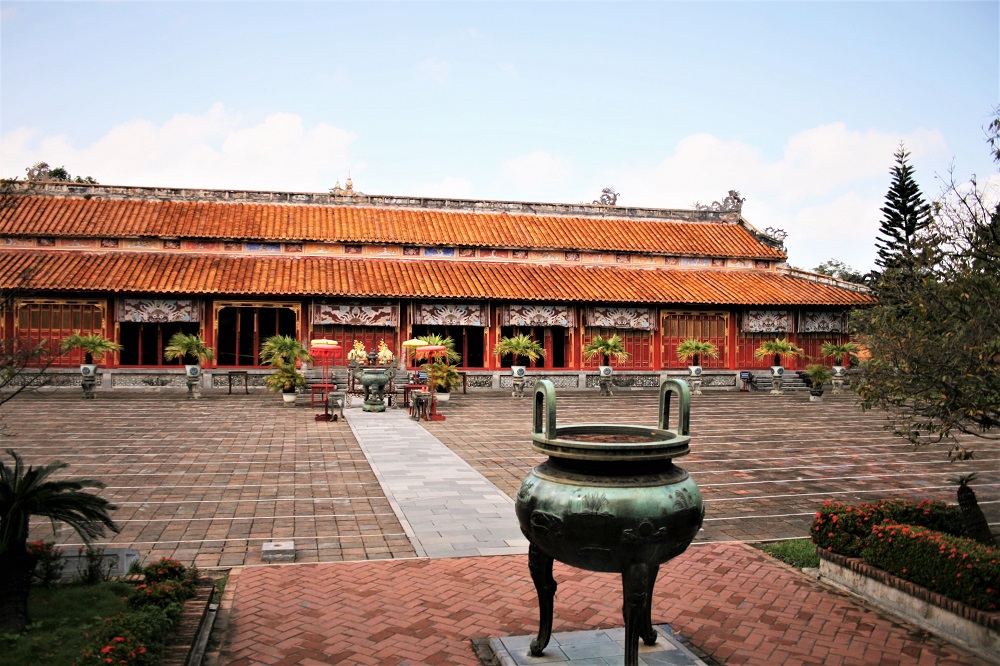
After the Forbidden City, we then moved onto a series of temples in another part of the Imperial City, the Mieu and Hung Mieu temples, which pay tribute to past emperors and imperial family members, as well as a splendid pavillion across the courtyard from the Mieu temple (above).

After spending a couple of hours exploring the faded glamour of the Imperial City, we made our way down the Perfume River to the Thien Mu Pagoda.
There we climbed a series of steep steps to reach the pagoda, which turned out to be a tall tiered octagonal tower. It was an attractive building and after stopping to take a few pictures, we carried on exploring the rest of the complex.
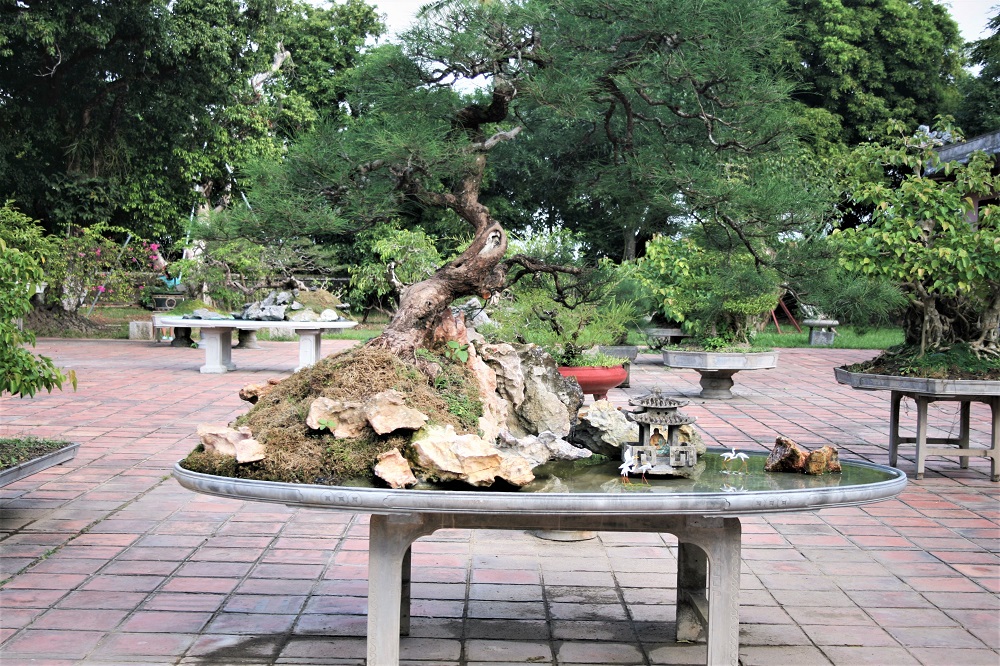
While wandering around the grounds, one of the guys who worked there drew my attention to a series of rock and bonsai gardens on tables (above), which were unusual but charming.
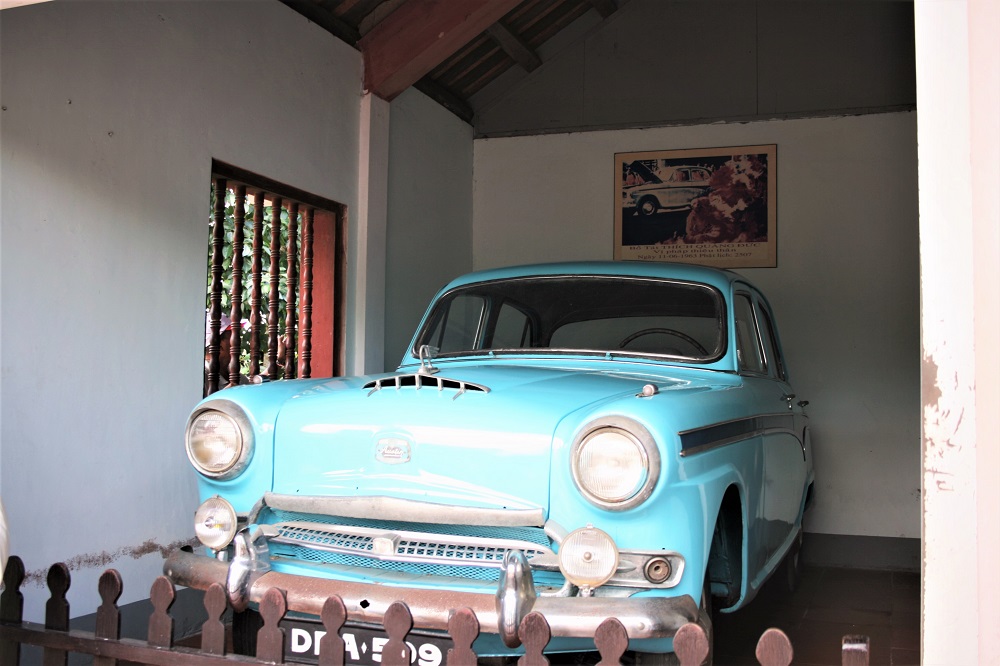
He also pointed out a blue car in which a Buddhist monk, Thich Quang Duc, burned himself to death in Saigon on 11 June 1963 in protest against the Ngo Dinh Diem regime’s discrimination of Buddhists (above).
After a spot of lunch, we headed out to the tomb of Tu Duc. The tomb is one of a series of seven royal tombs dedicated to the Nguyen emperors in the countryside surrounding Hue.
We opted to visit the tomb of Tu Duc, who ruled between 1848 and 1883, which is said to be one of the most magnificent.
The complex was built in 1864-1867 and is home to 50 buildings, as well as the tombs of the Empress Le Thien Anh and Emperor Kien Phuc, who ruled in 1884.
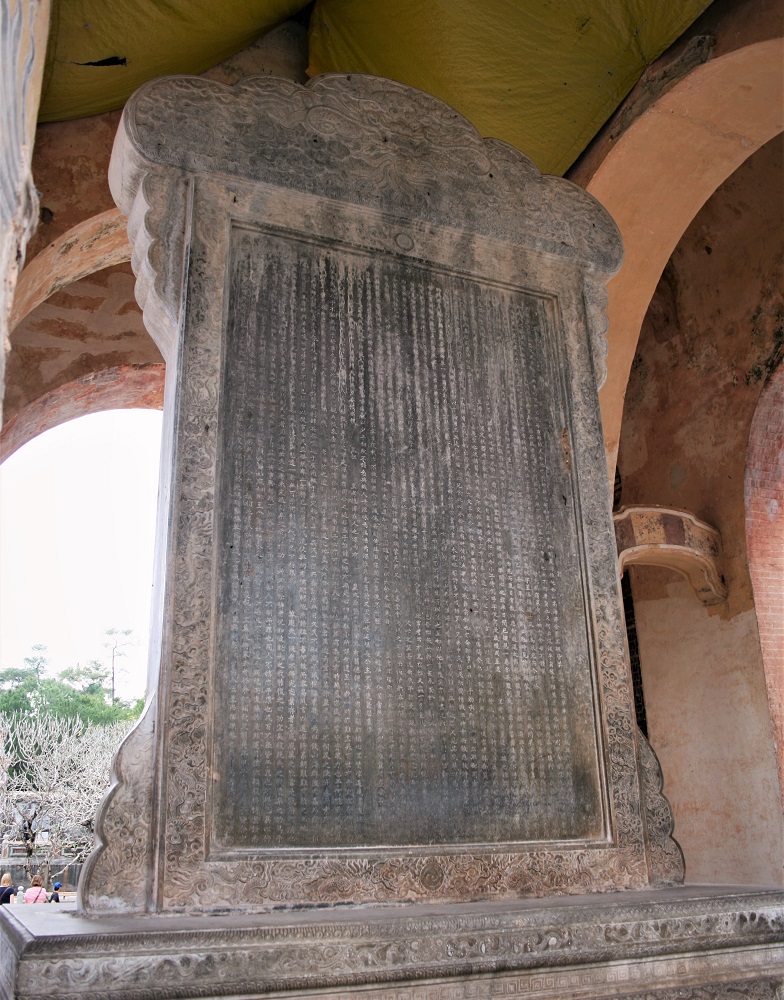
The complex was vast with a series of walled courtyards and monuments, and a large lake in the middle. Much like the Imperial City, the tomb was worn and shabby, but it must have been an impressive sight during its heyday.
Parts of the complex were being restored during my visit and like the Imperial City, I’d love to see it again when it’s been fully refurbished.
The most notable sight for me was the square stone and brick pavilion with a giant stele (above) inside. Apparently, the stele is the largest in Vietnam and features a self-critical autobiography by Emperor Tu Duc.
I really enjoyed my first day in Hue, exploring Vietnam’s imperial past. I didn’t know much about Vietnam’s history before my trip as I couldn’t find any books that discussed anything other than the war, so I was really interested to learn more about the country’s past.
I’ll have to make another trip to Hue in 20 years’ time to see the sights once they’ve been fully restored as I suspect they’ll be somewhat spectacular and it would be interesting to compare the before and after.





